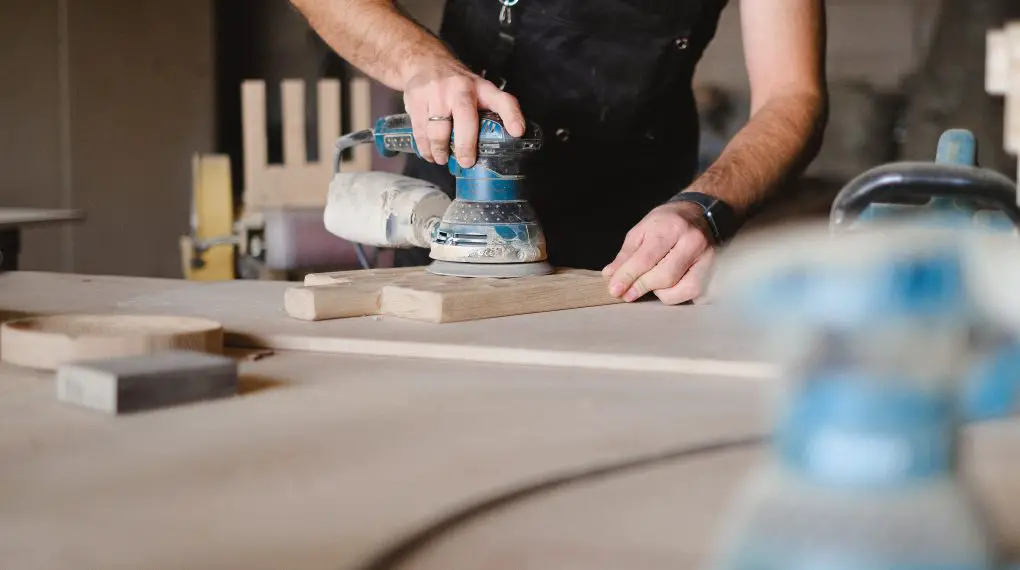If you’re looking to revitalize your old furniture, scuff sanding is an essential step in the refinishing process. This guide will provide step-by-step instructions on how to do it correctly.

What is Scuff Sanding?
Scuff sanding is a process that prepares your furniture’s surface for a new coat of paint or finish. It ensures better adhesion and can dramatically improve the look of your final project.
Scuff Sanding Furniture: Tools and Materials Needed
- Sanding block or palm sander
- 220-grit sandpaper
- Clean, lint-free cloths
- Safety goggles
- Respirator or face mask
Preparation Work
- Clear the Area: Remove all objects from around the furniture piece to create a safe working space.
- Clean the Furniture: Wipe the furniture down with a damp cloth to remove any dirt or dust.
- Put on Safety Gear: Always remember to wear your safety goggles and respirator or face mask.
Step-by-Step Scuff Sanding Instructions
- Attach Sandpaper: Mount the 220-grit sandpaper to your sanding block or palm sander.
- Check the Grain: Always sand in the direction of the wood grain to avoid scratches.
- Begin Sanding: Apply moderate pressure and start sanding the furniture surface.
- Inspect: Periodically stop to check the progress. The surface should appear dull but not damaged.
- Clean Surface: Use a lint-free cloth to wipe away any sanding residue.
Expert Tips
Always test your sanding technique on an inconspicuous area of the furniture first. If you’re unsure about the process, consult a professional for advice.
For more articles on sanding, click here: Sanding: Your Full-Circle Guide to Smooth Mastery
Scuff Sanding Furniture: Conclusion
Scuff sanding furniture is a straightforward but crucial step for any furniture refinishing project. By following this guide, you’ll be well on your way to achieving a professional-looking finish.
